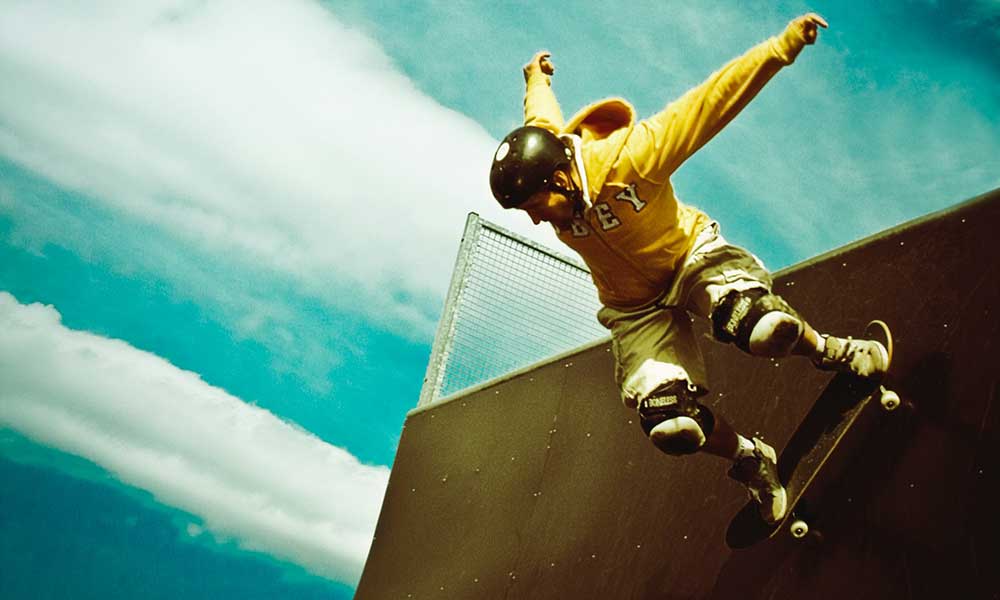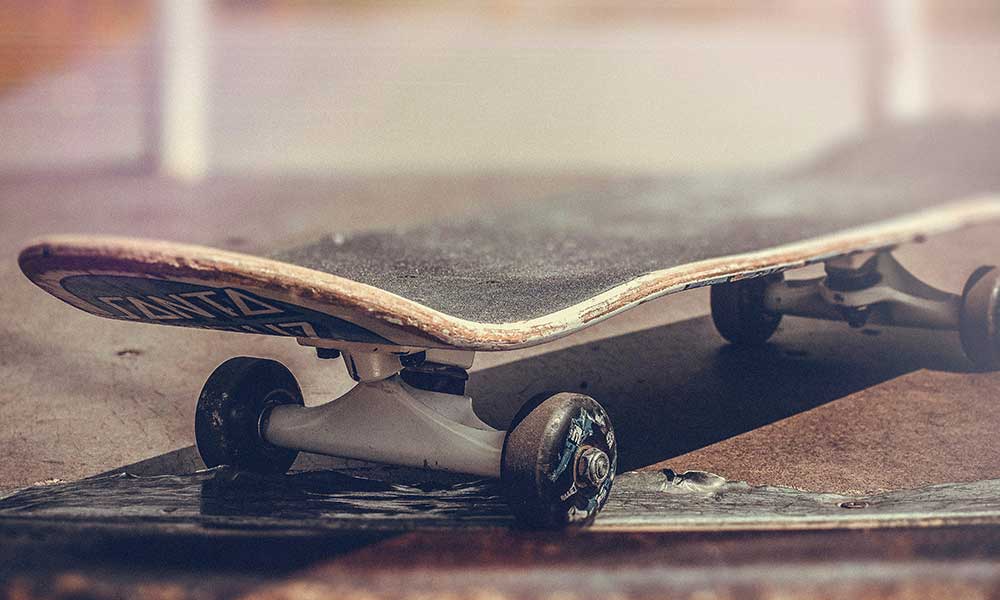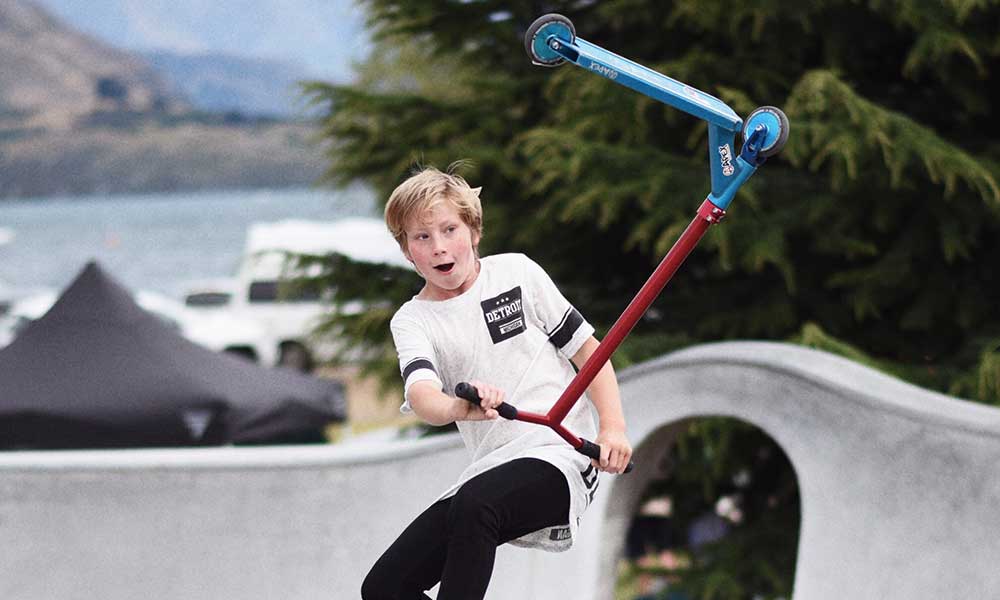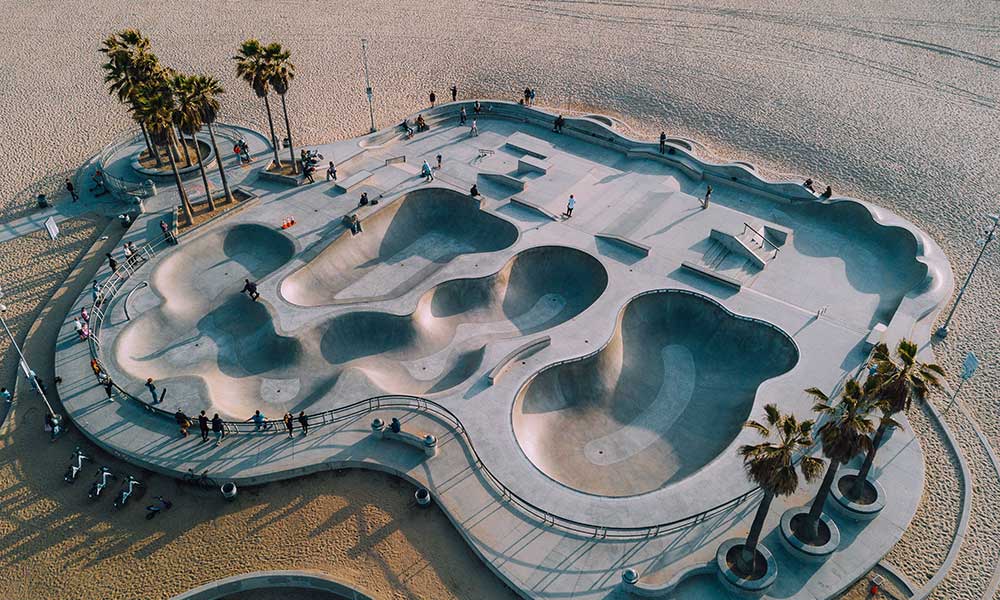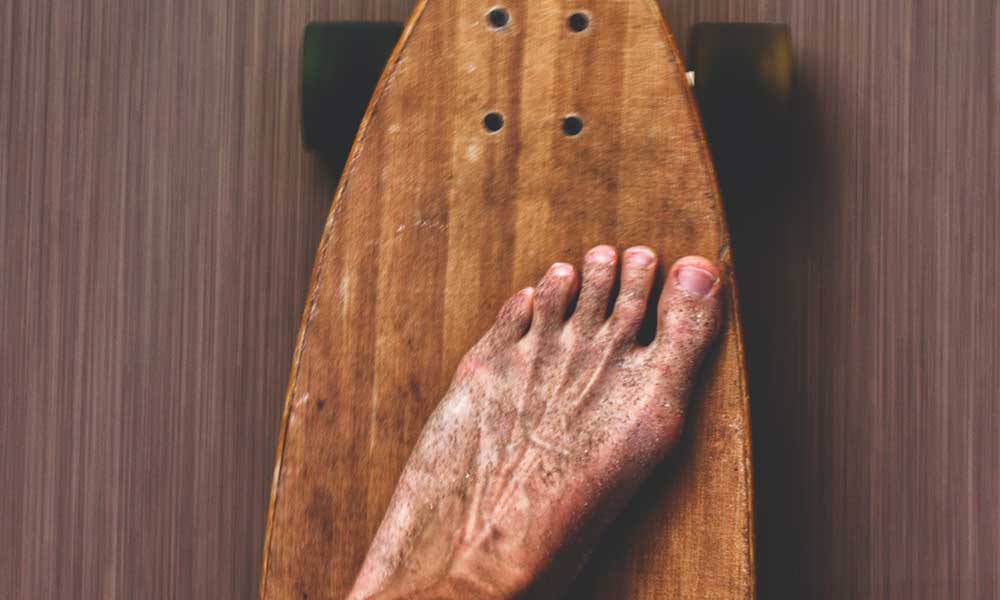If you don’t have a skate park nearby, or if you’re not allowed to skate in your neighborhood, don’t worry!
You can build a skateboard ramp with just a little time and effort.
There are instructions for skate ramps online, and you can find an assortment of YouTube videos and written ramp plans, but you don’t need to follow someone else’s idea.
Create your own design and build a skateboard ramp that’s unique to you and your style.
Whether it’s a mini ramp, kicker ramp, launch ramp, or anything else you can think of, the only limit is your creativity!
Here’s how to build a skateboard ramp to a design that suits you.
Get Your Ramp Plans in Order
They don’t call them “plans” for nothing. If you want to build a skateboard ramp, it’s critical that you plan ahead and draw it all out before you begin.
Your ramp plans help to limit mistakes and issues and ensure you have clear instructions to follow as the project progresses.
Look at the space you’re using, whether it be your driveway or an entire cul-de-sac.
Take accurate measurements and write them down.
It’s also a good idea to give your neighbors a heads up that you’re building a skate ramp. Let’s face it, skating isn’t always quiet.
If you think anyone will be impacted by noise or the ramp itself, be a good neighbor and let them know.
Plan Some More
What type of skate ramp do you want to build?
How large will it be?
Have you worked with wood before?
Imagine starting your project, only to learn that you can’t tell a screwdriver from a jigsaw.
If you need to enlist help, now’s the time to do it.
Before you cut your first board, draw out your ramp on paper.
If you prefer, you can buy one of the blueprints that already exist for skateboard ramps.
If you’d rather customize, use a pencil and graph paper and make sure your measurements are accurate.
You can visit a skate park to get an idea for what the measurements of your ramp should be.
That will vary, of course, depending upon whether you want a halfpipe, quarter pipe, mini ramp, or something else.
List and Gather your Skate Ramp Supplies
If you have a budget, it’s going to be helpful to list your supplies ahead of time.
Include your wood, screws, and metal if you’re using it.
But don’t forget your tools.
If you want to save yourself a few bucks, as a family member if you can borrow any of their tools, as buying tools just for the purpose of building a low-cost skateboard ramp will defeat the purpose somewhat.
The price of lumber can vary wildly from season to season and from year to year.
Get an idea for how much the overall project is going to cost before you begin to build.
And remember, many big box hardware stores will actually cut your lumber for you. That can save you time and money as well.
Begin Construction on Your Skateboard Ramp
In most cases, it’s going to be easiest to start with the sides of your skateboard ramp.
Then, build the frame that will support your ramp.
The frame is no place to get stingy with your hardware or your lumber.
The support frame will keep your ramp intact and will also help keep you safe.
Once your frame and your sides are assembled, it’s time to attach plywood to the surface of your skate ramp.
Ensure that your boards are screwed together as closely as possible.
Remember that wood may expand and contract with temperature changes, so build as snug as you can.
Surface your Skateboard Ramp
You have several options available to you for the surface of your ramp.
- Skatelite is a professional material – it’s weather resistant and very durable. However, it costs the most of all your options.
- Plywood is the least expensive option – it’s not weather-resistant, though, and is the least durable.
- Masonite is an affordable option for most – it’s a hardboard that’s more weather-resistant than plywood.
Whichever you choose, be sure your surface is smooth and sanded with no gaps between pieces.
Your finished product should be free of bumps and cracks.
Finally, finish your wood material with a weather-resistant coating.
While not necessary, this will help to protect your hard work and the money you’ve invested.
You’re Ready to Skate!
You followed the ramp plans to the letter, you watched the videos, heeded the instructions, and now you have your very own skate ramp, congrats!
You should be proud of your accomplishment; you’ve built a ramp that you can share with your friends for years to come.
Now, the only thing left to do is to get out there and start enjoying it!
Types Of Skateboard Ramps
Skateboard ramps are an essential component of any skatepark. You can also buy smaller ramps for your own property, allowing you to practice tricks at will.
But with many different types of skateboard ramps available, it can be hard to know which one to buy, ride or build.
What are the Different Types of Skateboard Ramps?
Skateboard ramps can be made from a variety of different materials and include many different finishes and styles.
But it’s the shape and size that defines them and separates one ramp from the next.
The main types of skateboard ramps are as follows:
Kickers (Launch Ramps)
Kickers have a very gradual slope and allow skaters to get moderate air to perform basic tricks.
They can also be used to create a gap setup with kickers on either side.
Box Jumps
A box jump includes a flat surface in the middle and kickers all around, making it easy to chain multiple tricks together.
Quarter Pipes
The quarter-pipe is a curved skateboard ramp with a steep incline.
It’s more compact than a half-pipe and allows the skater to gain speed and air, making it ideal for transition grinding as well as grabs and other air tricks.
Half Pipes
A half-pipe is a combination of two-quarter pipes.
It’s a structure that is curved on both ends, with those curves sloping into a flat surface in the middle.
When most people picture skateboard ramps, it’s a half pipe that they are picturing, as they are used to complete a host of different tricks.
Vert Ramps
A very ramp is similar to a quarter pipe but with more of a sheer face and with an angle that ensures the riders land back on the slope, allowing them to generate lots of speed and perform huge jumps.
Wave Ramps
As the name suggests, wave ramps have a “wave” shape, with a flowing line that skaters can use to chain together a range of different tricks.
Spines
A spine is basically two quarter-pipes placed back-to-back, creating a wedge shape with a spine that can be jumped or used for grinds and stalls.
Pyramids
Unsurprisingly, the pyramid ramp is shaped like a pyramid but with a flat surface at the top instead of a point.
Skaters can ride up the surface, trick at the top, and then come down the parallel side.
What Is The Best Skateboard Ramp for Beginners?
Kickers are a good option for beginner skaters.
They are relatively inexpensive and can be used to construct other ramp types. They facilitate all kinds of tricks without requiring the skater to jump too high.

